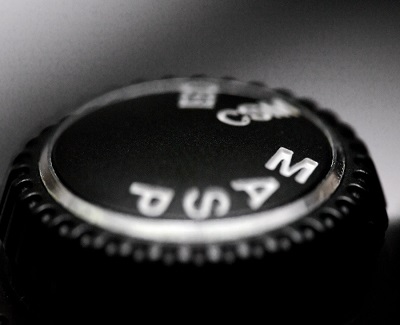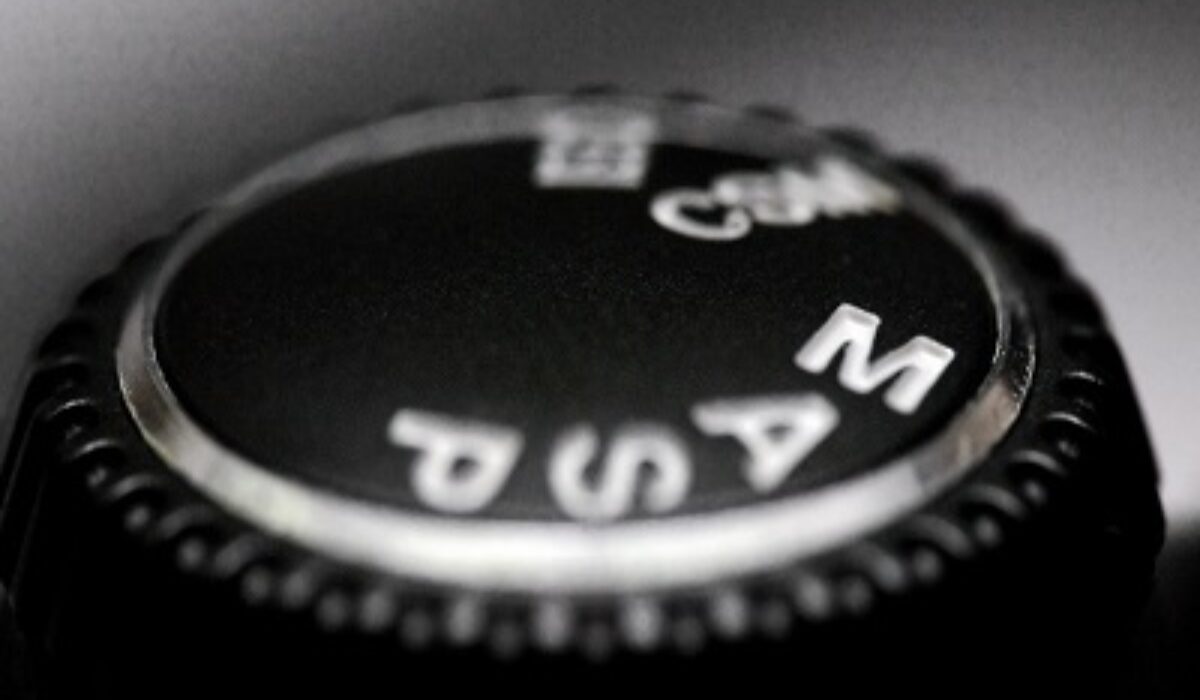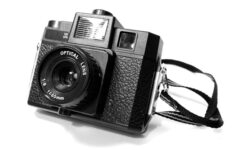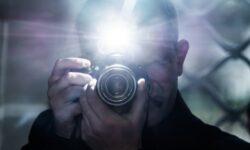The Manual mode is the most advanced option on the mode dial, as it can offer complete control of your exposure settings. Rotate the dial round to M to select the manual mode on your Nikon camera and program in your ideal shutter speed and aperture setting. Using the Manual mode, you can experiment with different photographic effects and techniques, offering you complete creative control over the outcome of your images, though this will take a bit of trial and error. It’s a good idea to get a basic understanding of what makes a balanced exposure. You can fi nd this out exploring the Programmed Auto, Aperture and Shutter Priority modes first.
Using these modes you can select either your shutter speed or aperture setting while the camera takes care of the rest. When you’re working in these modes, pay attention to how the camera compensates for the setting you select as this will help when you move to manual. If you’re working with a wide aperture, notice the shutter speed setting that the camera opts for. You can dial in these settings as a starting point using the Manual mode, and begin exploring different combinations of shutter speeds and apertures.
When you’re working in Manual mode, select a shutter speed, remember faster speeds freeze movement, while slower ones capture motion. You can then select your aperture, remembering that the smaller the f-number the wider the aperture. Wider apertures create a shallower depth of field, which is fantastic for close-ups and portrait captures, while a narrow aperture (high f number) keeps the focus sharp from front to back. As you’re setting your exposure, preview the light meter, which is visible inside the viewfinder.

This will give you a clear indication as to whether your settings will under-, over- or correctly expose the scene. Based on this, you can adjust your exposure settings until you’re ready to shoot. Ideally, the marker should appear below O. If it’s too far to the right, your shot will appear underexposed; if the marker is too far to the left = overexposed.
After you’ve taken your shot, preview it on the screen. Check the histogram, which lets you know how much detail you’ve managed to capture in the shadow and highlight areas. A histogram of a well-exposed photo should show a mountainous range in the middle; it shouldn’t spike up at either end as this means you may need to re-adjust your settings. Once you’ve got a good grasp on how to achieve a balanced exposure, you can explore all of the other creative photographic possibilities. Using a tripod you can extend the shutter speed when photographing a seascape and water will appear as mist. You can also discover the potential in wide apertures by embracing the shallow depth of field effect when photographing portraits. Don’t be afraid to experiment.




